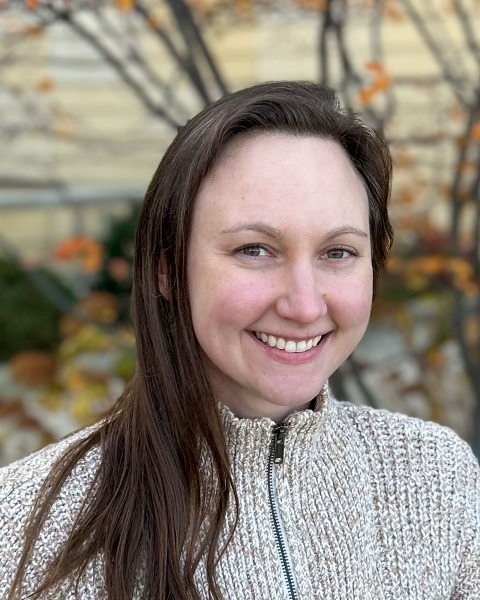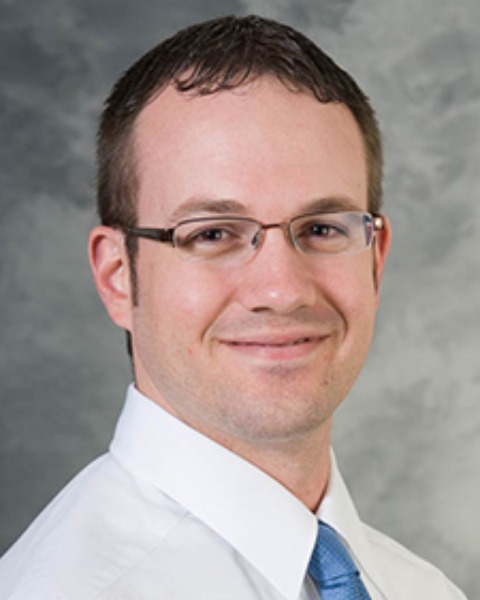Nonvascular Interventions
Computer-Aided Biopsy of Lung Nodules: Proof-of-concept of an artificial intelligence (AI) algorithm to choose puncture pathways

Meridith A. Kisting, MA (she/her/hers)
Research Assistant
University of Wisconsin Hospitals and ClinicsDisclosure(s): No financial relationships to disclose

Martin G. Wagner, PhD
Assistant Professor
University of Wisconsin Madison- LH
Louis Hinshaw, MD
Professor
University of Wisconsin School of Medicine and Public Health - GT
Giuseppe Toia, MD
Assistant Professor
University of Wisconsin 
Timothy J. Ziemlewicz, MD
Professor of Radiology
University of Wisconsin Hospital and Clinics- JW
Jim White, BME
Lab Manager
University of Wisconsin - Madison - FL
Fred T. Lee, Jr., MD
Professor
University Of Wisconsin
Poster Presenter(s)
Author/Co-author(s)
Lung biopsy can be a high-risk procedure due to the potential for damage to important anatomical structures such as the lung (particularly in emphysema), heart, airways, and major bronchi. The purpose of this study is to determine the performance of an AI computer-generated algorithm for determining an optimal needle pathway which accounts for vulnerable anatomy and emphysema and is unconstrained by the axial plane.
Materials and Methods:
A machine learning approach was designed to segment key structures such as bone, heart, blood vessels, bronchi, fissures, and emphysematous lung. The algorithm then simulates needle trajectories (n=50,000) to the target, within a CT gantry tilt of +/- 20°. For each trajectory a risk score is assigned based on the traversed tissue, needle angle, and distance to critical structures such as the heart. The path with the lowest risk score is presented first, etc. Pre-procedure volume CT datasets from patients (n=28, 68.7 years, M=17 F=11) who had received percutaneous lung biopsies were used to generate proposed biopsy pathways. A total 5 pathways (the lowest cost and 4 higher cost pathways) were generated per patient (n=140). Three radiologists ranked each path on a scale of 1-5 (1=ideal, 5=potentially fatal). Scores of 1-3 were considered “safe” and 4-5 as “unsafe” or technically unfeasible.
Results:
Pathways ranked as a “1” by the computer received a mean score of 1.3 by physicians, “2” (1.6), “3” (2.5), “4” (3.5), and “5” (4.7). Computer and physician scores were identical in 57.9% of cases. The mean difference between physicians and computer was 0.56 compared to a mean interobserver difference of 0.61. No physician-scored unsafe pathway (i.e. physician score 4 or 5) were considered safe by the computer. The correlation between computer and physician ratings was r = 0.86 (p < 1e-5). The mean (STD) gantry tilt of the best physician rated path was 8.5° (6.2°) with only 40% of cases within 5° of the axial plane.
Conclusion:
Selection of safe and efficacious pathways for biopsy of pulmonary nodules by an AI algorithm appears feasible. The program is able to consider many more potential pathways than a physician-operator, and is not constrained to the axial plane. Future directions include enabling the algorithm to learn from physician feedback through machine learning and applying the approach to other body parts and procedures.

.jpg)
.jpg)
.png)
.png)
.png)
.jpg)
.png)
.png)
.png)